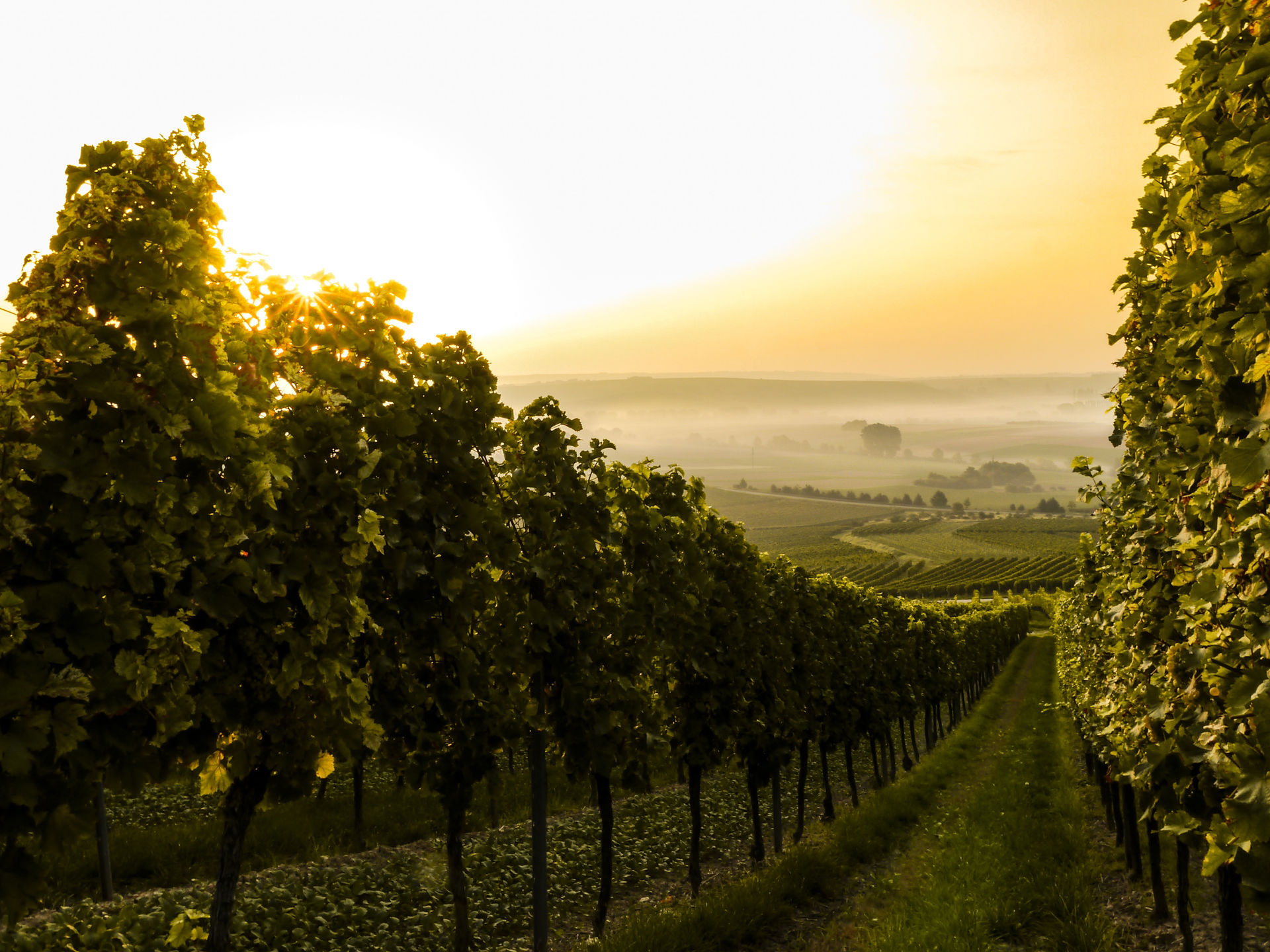How To Read Wine Labels
- Deanna Lowe

- Mar 1, 2022
- 4 min read
Updated: Aug 22, 2022
Don't get fooled by what's on wine labels. We're breaking down common wine terminology you'll find on labels and 6 things you should look for on wine labels.

Remember that time when you saw fancy words on a wine label and bought it because it sounded great, but didn't truly understand what those words meant? Let me tell you, wine labels can be confusing and sometimes misleading. When I was at a liquor store recently, I found a wine labelled “Pinot Noir Cuvée.” I was confused because the word cuvée was associated with sparkling wines in my mind and this wine was clearly not a sparkling wine. I briefly searched up the term to verify that I was correct and indeed I was. However, researching deeper on the term, the meaning is more complex than that. For Champagnes, it means the best grape juice from gently pressing grapes was used to make the wine, which is an indicator of superior quality. For still wines, it can refer to a special blend or selected batch of higher quality wine. The most important thing I found about the term cuvée is that it’s unregulated (except for Champagne), so any winery can slap the word on their label to say that their wine is of superior quality and can charge a higher price for it. This situation got me thinking "how many other words are added to labels that don’t really mean anything?” At the end of the day, it can be misleading and easy to be fooled by the words that can, but not always regulated on a label. So, to help you all out, I will break down some wine terminology to watch out for and 6 things on labels that you should look for. Read what's next and you'll be making better purchasing decisions when you shop for wine
Common Wine Terms To Be Cautious Of

Cuvée – A French word that means tank. As I mentioned, it’s only regulated for Champagne, but unregulated everywhere else. So don’t be caught off guard if a cuvée wine doesn’t have the superior quality you thought it'd have.
Reserve – This term means that the wine is from a good-tasting vintage that’s aged for a longer period. For Italian and Spanish wines, this term is regulated, and you’ll see it as Riserva, Reserva, or Gran Reserva. Reserva (Spanish) wines are aged for at least 3 years with a minimum of 6 months in oak barrels. Gran Reserva (Spanish) wines are aged for a minimum of 5 years with 2 years in oak barrels. Riserva (Italian) wines are aged for a minimum of 2 years. For other countries, Reserve is an unregulated term to indicate their wine is of higher quality, but without it being regulated, it's really just an empty marketing term.
Winemaker’s (or Barrel) Selection – This phrase is complete nonsense. If a winemaker wouldn’t recommend a wine they make, the winery wouldn’t be selling it in the first place.
Finest, Award-winning, or World Class – This is all hot air and doesn’t mean anything. There are so many awards, so if there was a special award the wine received, they would specify it. As long as phrases like this are backed up by evidence, they mean something.
Now that I’ve debunked some wine terminology, let’s get into what things are required to be on labels by law and that can be a better determinant of quality and price.
6 Things To Look For On Wine Labels

1. Wine Variety – In BC, 85% of the grape varieties used to make the wine must be stated on the label. In the US, that number is 75%. For Old World wine countries, wine varieties may not always be stated. Rather the region classified will indicate what wine varieties were used.
2. Vintage – The year in which the grapes were harvested. Each year, the wines that are produced are different in characteristics based on the weather conditions and winemaking decisions. You can look up vintage reports to find the best vintages based on the region.
3. Appellation – Appellations such as the BC VQA, France AOC, and Italy DOC have their own rules and regulations for growing grapes and how wine is made in their regions.
4. Region – The region is indicated as the type of wine (only for Old World wines) or after the labelled wine variety. The smaller and more specific the region is, the higher quality the wine is.
5. Special Designations – The wine is made under specific rules to receive a designation such as Grand Cru, Premier Cru, Riserva, Gran Reserva, Reserva. This system is an Old World wine thing and would justify its high price.
6. Producer – The larger the batches of wine the producer makes, typically the lower quality and cheaper the wine is.
7. Alcohol Content (ABV) – Alcohol by volume can indicate a higher body and more flavour, but it doesn’t indicate quality.
The more you know, the smarter you shop! Find tips on finding great wines on this blog post.





Thanks for being honest about the "common wine terms" and all the info.